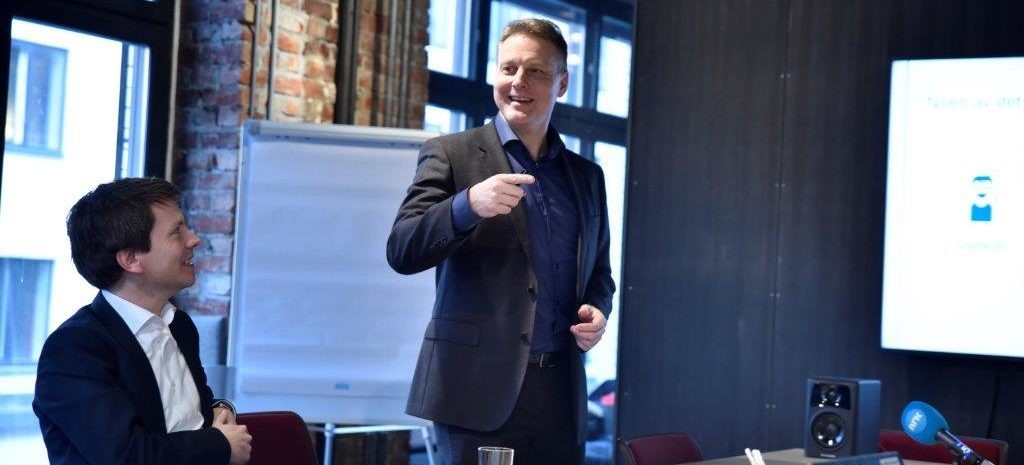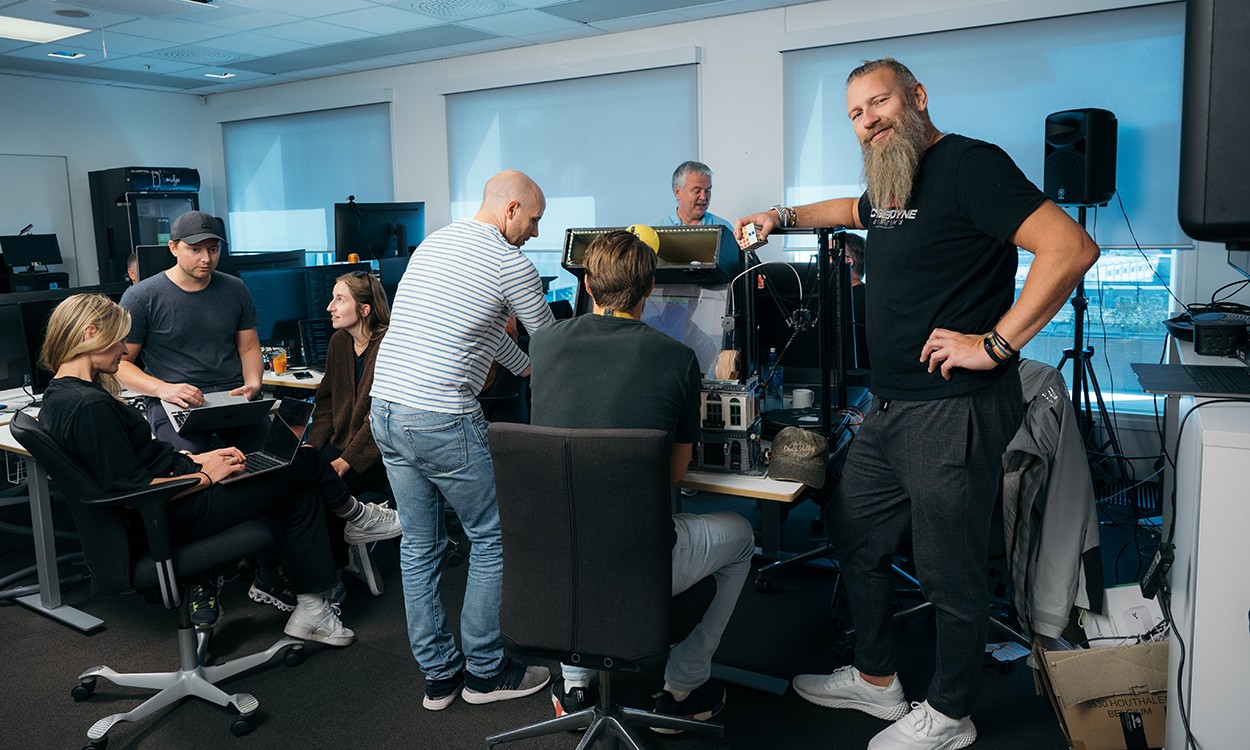One of the more obscure projects from new Twitter boss Elon Musk is something called “Neuralink” – a solution that, for short, involves “merging” humans with technology using tiny threads in the brain. Now the technology has received a thorough presentation.
In a live broadcast on Thursday, Neuralink technology was explained and explained in great detail by Musk himself and some of his employees. We’re also given a time window for when the technology will be tested on humans — around the next six months, according to Musk.
The broadcast, which you can see at the bottom of the article, lasted just over two hours.
Operated by a specially designed robot
Among the news that was shared on stage was the actual implant that will be operated on into the brains of those who choose to use the technology. It has a diameter of about 2.4 centimeters, is wireless and has 1,024 “channels” capable of recording brain signals. The battery is charged wirelessly.
Equally important, given a demonstration of a robot that will operate on the threads in the brain. Neuralink has created its own robot to handle this process, a process that requires extreme precision and care. Admittedly, the demonstration this time was done on an artificial brain.
Briefly explained, the technology works in which threads that are operated on to the brain pick up the electric field generated when brain cells “shoot” electrical signals. Such signals are sent through stimulation of so-called dendrites – the parts of brain cells that receive incoming signals from other cells through synapses.
Many areas of use
Taking these fields, the tiny wires that act as electrodes should be able to record the information represented in the brain cells. These electrodes are capable of reading and “writing”. This means that they not only record information, but can also recover signals elsewhere in the brain.
This could have many important applications in medicine, for example repairing paralysis or curing brain diseases such as Alzheimer’s, for which the technology was originally intended to be used.
In a recent technology presentation, it was explained among other things that the solution could be used to compensate for damage to the spinal cord, where nerve signals from the brain to the muscles are damaged. However, the potential applications are numerous.
Neuralink has demonstrated the technology in the past, in the form of a monkey allegedly playing the computer game Pong using Neuralink’s solution.
However, some expressed skepticism of the concept, and the company also suffered several setbacks. Among other things, one of the company’s founders left Skuta last year.

“Music maven. Evil pop culture lover. Unapologetic creator. Friend of animals everywhere.”






